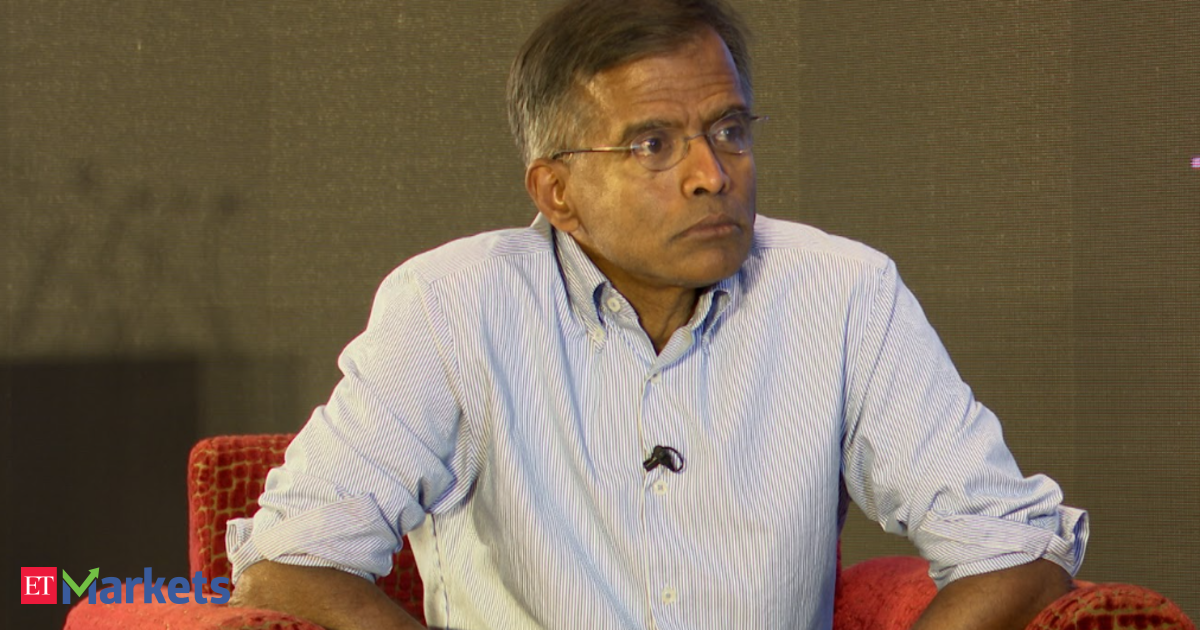Margin expansion in India during this period was primarily a result of improved cost efficiencies, deleveraging, and balance sheet restructuring. These efforts translated into lower interest and credit costs, which, alongside revenue recovery, led to a strong improvement in corporate profitability, a trend that found expression in the market’s price action.
However, the key question now is whether this profit growth is sustainable.
Margin Pressures and Slowing Revenue Growth
Corporate margins are currently at multi-year highs. Given the ongoing global trade imbalances and subdued external demand, the scope for further margin expansion appears limited. Also, the topline growth seems fading, in FY25 BSE500 reported a mere 4% revenue growth which is a very low number.
 ETMarkets.com
ETMarkets.comA similar pattern was observed during the early 2000s (As can be seen in the above chart). Margins surged early in the cycle but plateaued thereafter, and then the topline growth remained strong enough to drive profitability. In India, margins are often more a function of cost controls and distribution efficiency than durable pricing power; a structural nuance that tempers long-term margin expansion.
What differentiates the current cycle from the mid-2000s is the absence of strong topline growth. Revenue growth has tapered to low single digits on a year-on-year basis. With margins already peaking, this has begun to reflect in profit growth as well. As of FY25, PAT growth (excluding exceptional items) stands at 6%. This figure includes only companies listed as of FY24 and FY25, thus excluding recent IPOs, so that overall profitability trends are not buoyed by new listings.
Profit Growth Scenarios
Going forward, three scenarios could unfold:
- Scenario 1: Margin Expansion Continues
This appears unlikely given that margins are already elevated and global uncertainties persist. The scope for further operating leverage gains is minimal. - Scenario 2: Margin Contraction Begins
This is the most adverse scenario. With weak revenue growth and declining margins, profits would face a double headwind. - Scenario 3: Topline Growth Revives
For this to happen, aggregate demand needs to rebound meaningfully. Current indicators, however, point to a demand slowdown across several sectors.
In light of these possibilities, the outlook for profit growth appears increasingly constrained.
The Silver Lining: Balance Sheet Strength
Despite these challenges, one notable positive from the current cycle is the improved financial health of corporate India. Debt-to-asset ratios are at historic lows (~16%), suggesting that most assets are now being funded by equity rather than debt, a sign of prudent financial management. This is even lower than the major global markets out there.
Capex showing signs of demand weakness
Cash flows, while stable, are not translating into higher capital expenditure. Despite having the balance sheet capacity, Indian companies appear hesitant to undertake aggressive capex. This restraint likely stems from subdued demand visibility. In an environment where demand recovery remains patchy, committing to large-scale investments risks diluting profitability – an outcome investor may be reluctant to support, especially at elevated valuations.
Looking Ahead: Can FY26 Deliver?
All of this brings us to the central question:
Can FY26 deliver a meaningful Profit growth that justifies the optimistic earnings expectations currently baked into valuations?
We don’t know but from what it looks like the current indicators suggest it will be a challenging task for companies to meet these elevated expectations.
What Should Investors Do?
With profit growth outlook murky and valuations running high, the Nifty 500 trades at 26x, while mid and small-cap stocks command a median multiple of ~44x. Making it hard to find bargains in the market.
In this context, a prudent investment approach would be to adopt a multi-asset strategy. Allocating capital across asset classes can help investors manage the risks of elevated equity valuations, while still retaining upside participation through equities.
(Parth Shah is Product manager at DSP Mutual Fund)




